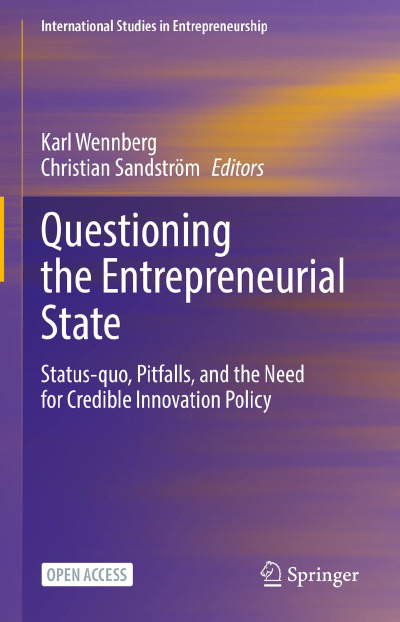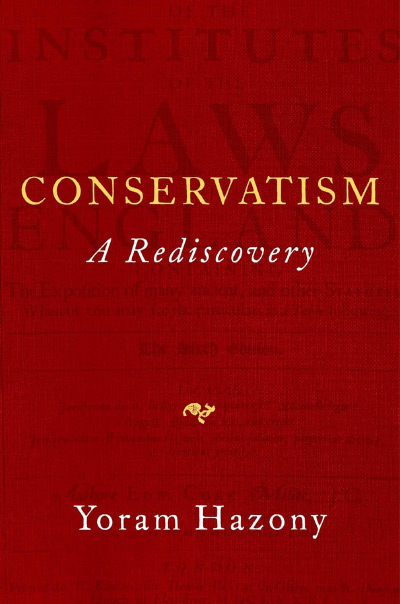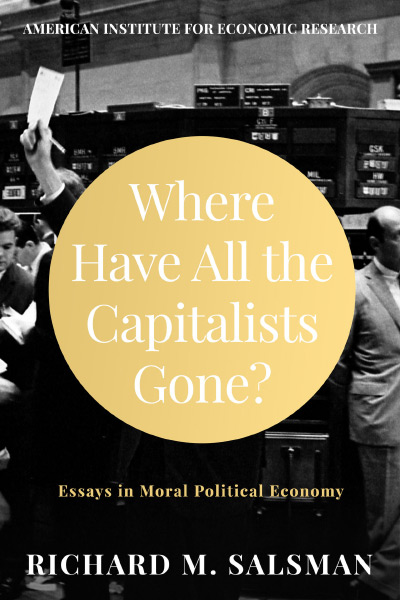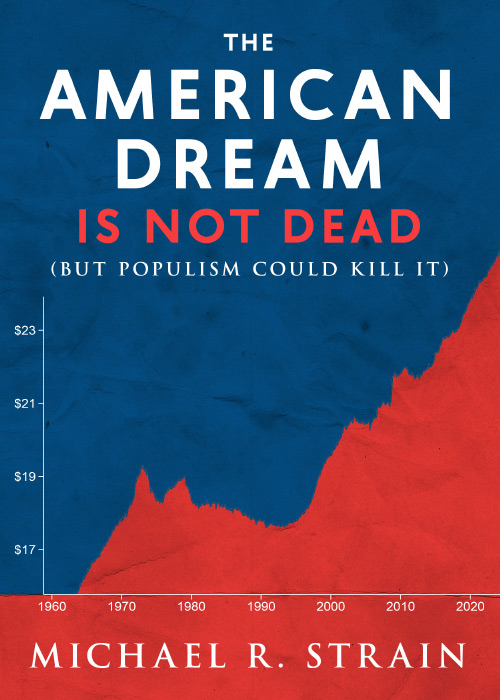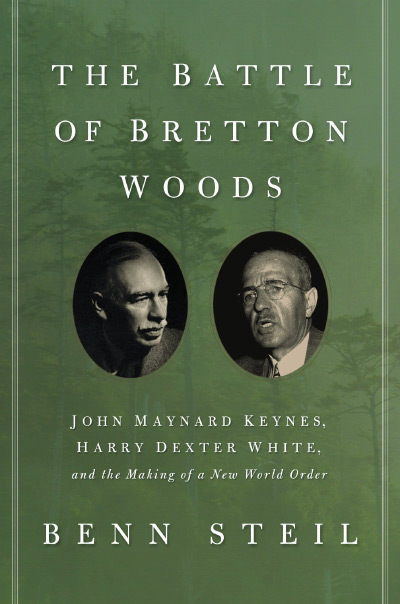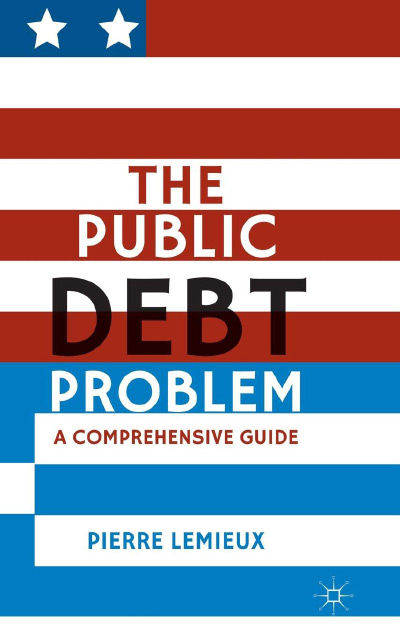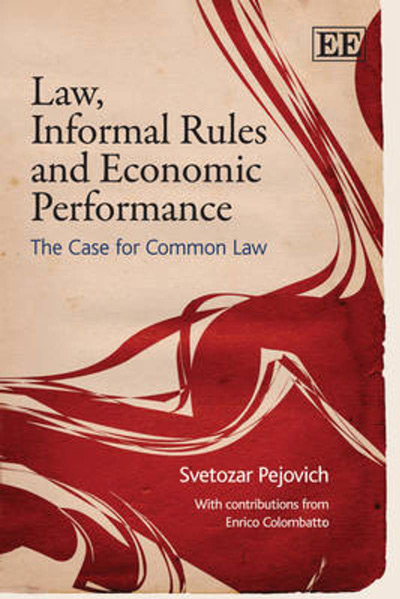When Adam Smith wrote that individuals acting in their self-interest are “led as if by an invisible hand” to promote the public interest, he was not suggesting that every form of private endeavor produces public good. Criminals who gain by harming others also harm the public interest. The invisible-hand thesis holds where the rules of social life protect the life, liberty, and property of individuals. This process is not the result of divine intervention or magic, but the natural outcome of human instincts and physical laws. It materializes where conditions allow voluntary exchange and fades where people are barred from exchanging or are forced into involuntary transactions, whether by armed robbers or by interfering governments. This contingent relationship is the primary lesson of economic history. Those who wish to strengthen the invisible hand must know the nature of the forces that weaken it.
They might well start by reading Deepak Lal’s Reviving the Invisible Hand: The Case for Classical Liberalism in the Twenty-first Century, an uncompromising and insightful defense of the classical-liberal case for laissez-faire capitalism and free trade that should be on every liberal’s shelf. It begins with a brief history of capitalism, explains its fundamental principles, examines the threats it faces, and proposes ways in which the threats may be met intellectually and politically. Capitalism’s great enemy, socialism, is thought by many to be dead, but as Lal shows, dirigisme is alive and well.
The book is crammed with facts, broad-brush accounts, nuanced technical arguments, brutal critiques, and bold prophecies. Themes are interwoven and repeated. The author apparently aimed to stamp out every misconception about capitalism, whether important or trivial, in a single book. This scope makes the reviewer’s task difficult, but offers the reader an encyclopedic amount of material within a mediumsize volume. The reader can find classical-liberal expositions on almost any question in political economy, from trade, investment, money, capital controls, business cycles, foreign aid, the World Bank, and the International Monetary Fund to economic history, democracy, nongovernmental organizations, the United Nations, cultural capital, public-choice theory, and path dependency. Lal’s book is not easy to read, but neither is it easy to put down. A short review can describe only its major themes and arguments.
In the interconnected world of the twenty-first century, it is impossible to isolate domestic economic questions from global macroeconomic conditions. The first virtue of Lal’s book is its global outlook. Lal sees how domestic policy is influenced by the effects of foreign trade and how free trade among nations is plagued by domestic politics and dirigiste dogma, his preferred term for interventionist thinking. He demonstrates the futility of pursuing free trade overseas while curbing market freedom at home. His concern is not just with American or European societies, but with all humanity, including the poorest, to whom the invisible hand does not currently extend.
One of Lal’s most significant contributions to economic science is his recognition of cosmology as a factor endowment. This recognition enriches institutional theory by explicitly introducing religion and superstition into institutional settings and further illuminates the problems of path dependency. There have been great civilizations in the past, but none produced the Promethean growth that came with capitalism. The older agrarian civilizations grew extensively to the limits of their natural resources, but they lacked the innovation and creativity for the kind of intensive growth that capitalism generated. The reason for this lack is not that our ancestors had no instinct for enterprise, but that they were constrained by social norms and communal bonds and, as Lal asserts, by prevailing cosmological beliefs that suppressed individualism.
Lal attributes the break from this mindset in the West to two papal revolutions. The first was the unintended consequence of the Roman Catholic Church’s greed. In the sixth century, Pope Gregory I banned traditional practices such as adoption and marriage to close relatives and widows of relatives, practices that had allowed medieval folk to keep inheritances within the family. The church profited as more people died without heirs. Lal argues that this change released the individual from family bonds. The second papal revolution occurred when Pope Gregory VII asserted the power of the church over that of the king or the emperor in the eleventh century. Lal argues, following Harold J. Berman (Law and Revolution [Cambridge, Mass.: Harvard University Press, 1983]), that this revolution set in place all the legal concepts and institutions needed for commerce. Not all legal historians accept this theory. Roman law had already established sophisticated rules of contract, delict (tort), real and personal property, succession, mortgage, lease, usufruct, trust, partnership, and even usury within limits. Justinian’s Corpus juris civilis offered easy access to these rules. Commercial law (lex mercatoria) arose from medieval merchants’ revolt against commercially ill-adapted civil law and from their efforts to escape regency and church jurisdictions alike through private arbitration. It had little to do with papal revolutions. The papal revolutions played their part, but the destruction of feudal systems by absolute monarchs with penchants for mercantilism, the Calvinist revolution, and, in England, Parliament’s supremacy following the Glorious Revolution arguably did more for the rise of capitalism. It is interesting that capitalism first took hold in Protestant northern Europe and in Britain’s North American colonies and that the Industrial Revolution began in England.
Although we may quarrel with Lal’s history, it is difficult to contest the significance of cosmology in shaping the rules of the game. Owing to a convergence of historical circumstances, the social and cosmological obstacles to capitalism obviously broke down in the West but persisted in Indian and Sinic civilizations. China may have been ahead of Europe in technology, but its cultural and political restraints, in combination with unfavorable geographical factors, delayed its industrialization.
The fruits of the Industrial Revolution spread globally as Britain established its nineteenth-century empire, extended the rule of law even to the non-British, implemented unilateral free trade, and maintained monetary stability through the gold standard. The British Imperium dissipated in the twentieth century, and the United States became globally ascendant. However, as Lal points out, the greatest capitalist nation on earth was historically protectionist and hamstrung by its own version of dirigisme (embedded liberalism) and by the congressional grip on trade policy. The congressional grip was loosened in 1934 by the Reciprocal Trade Agreements Act, which gave the president power to conclude foreign-trade agreements, by-passing the need for Senate ratification. The United States turned to free trade after World War II, and in the latter part of the twentieth century major gains were made on the trade front when the General Agreement on Tariffs and Trade (GATT) and the World Trade Organization (WTO) treaties eliminated the worst forms of protection. Even so, major threats to free trade and laissez-faire still persist. Explaining these threats and their causes occupies Lal in the most important and compelling parts of the book.
The greatest threat remains dirigiste dogma. Lal detects in popular thinking the recurrence of J. S. Mill’s great fallacy concerning the disconnection of production and distribution. Mill believed that although production obeys inflexible economic laws, the product can be distributed at the government’s discretion. The trouble is that every time the government regulates distribution, it distorts the price signals that determine what is produced, when, where, how, and in what measure. Even redistribution through tax-subsidy schemes changes property rights and transaction costs. The quest for the optimal trade-off between equity and efficiency, as Lal observes, is doomed from the start because it assumes that governments are capable of acting as Platonic Guardians.
Lal demonstrates that a similar fallacy infects contemporary trade and welfare theory—namely, that free trade (meaning without tariffs and quotas) can be maintained while “domestic distortions” are resolved by tax-subsidy instruments. Once the government starts to subsidize local producers, however, a new game begins. The notion of domestic distortion is debatable, highly political, and impossible to verify. Producers use the political process to garner rents, and the public bears the social cost of this unproductive activity and the actual cost of the subsidy. This kind of subsidy is anti–free trade, a form of nontariff protectionism that aims to neutralize comparative advantage. Lal also condemns other forms of nontariff protection, such as antidumping laws and the “voluntary export restraints” that offer money taken from U.S. taxpayers to foreign governments to induce them to block exports from their countries to the United States. These bribes enrich governments and their clients and take jobs away from the poor. They also penalize Americans twice, first by taxation and then through consumer price increases. Lal notes that the most notorious voluntary export restraint, the Multi-Fibre Agreement, imposed a direct cost of $24 billon on U.S. consumers in 1990—effectively a tax of more than $260 on every household. Dumping occurs when a country discounts its product in the short term to drive others out of the world market. It is a rare occurrence. Measures to stamp out dumping hurt the poorest in the world, penalize consumers, and distort markets.
Lal acknowledges the WTO’s successes but regards its continued operation as a threat to free trade because it has become a source of “judicial law” through treaty interpretation, and its legislative power is open to capture. He regards the WTO Agreement on Trade Related Intellectual Property Rights (TRIPS) as particularly heinous. It protects not only inventions, but also pure research, books, music, and films. As a free-market economist, Lal favors minimal use of patent protection. He asks: “While patents for drugs may be justifiable[,] is the use of WTO sanctions to protect the ‘intellectual’ property rights of the Rap singer Snoop Dog justifiable too?” (p. 88). The greater danger is that TRIPS sets a precedent for admitting non-traderelated Western “habits of the heart” concerning fair wages, child labor, and environmentalism into the ground rules of world trade. Lal reserves some of his strongest volleys for these new dirigiste measures. The current calls for trade sanctions against foreign nations that use “pauper labor” and child labor are made in the name of foreigners’ human-rights values, but their effects are identical to those of protectionist demands. They benefit organized labor at the expense of consumers and of the poorest workers in producing countries.
Lal observes the elements of the emerging backlash against globalization. There are fears in the East of the cultural fallout from Western individualism and license. In the West, moral crusaders, environmentalists, remnant Marxist radicals, and organized labor coalesce to oppose free trade. Adding to the discontent is the wage depression of low-skilled workers in the West. On Eastern fears, Lal points to the example of Japan, which has embraced capitalism while preserving its valued cultural heritage and indeed its cosmological beliefs. We might also identify other dynamic Asian economies, such as Korea, Taiwan, Singapore, Hong Kong, and Malaysia, and more recently China and India, as following this path. The causes of wage stagnation in industrialized countries are unclear, and, as Lal argues, they must be considered in the context of technological change and the emerging new international division of labor, which increasingly favors the “virtual factory” in which production involves remote actors.
Since the demise of overt socialism in all but a handful of countries, threats to capitalism have taken different covert forms that classical liberals have found difficult to combat. Lal devotes two chapters to the exposure of two such threats arising from the “capitalism with a human face” and green movements. The call to humanize capitalism is couched in the name of liberty. However, liberty in dirigiste thinking includes not just the absence of restraint by others, but also the provision of the means to make choices. Thus, the freedom to get an education means that government must provide free or subsidized education. There is a serious contradiction here. Material means for all can be assured only by coercive takings from others—that is, by diminishing others’ liberty. The quest for net gains in liberty in this way is futile. The classical-liberal way of promoting material means is by wealth creation through free markets, which is possible only on the basis of liberty understood as the absence of coercion by others. The dirigiste version of liberty, however, does not encourage all choice. It mistrusts the individual’s capacity to make choices that affect his own well-being. The idea that people need protection against themselves permeates dirigiste dogma and contradicts Mill’s harm principle—one of classical liberalism’s central tenets.
The threat to capitalism from the worldwide green movement is formidable, and Lal’s chapter “The Greens and Global Disorder” is the best short analysis of it I have read. He exposes the misanthropy underlying green philosophy. I have yet to meet a classical liberal who does not appreciate a healthy and diverse environment. However, the questions are: What can we preserve, and how can we preserve it without inflicting greater harm on ourselves? The green movement grows by preying on people’s natural fears of ecological catastrophe. Greens object to life-saving chemicals such as DDT, low-emission nuclear energy, genetically modified crops that save millions from malnutrition and starvation, harvesting of renewable resources, wind farms, geoengineering, and innumerable other initiatives worldwide that threaten their idyllic and static view of the world. They seek to employ the precautionary principle to veto any enterprise that bureaucratic scientists do not declare to be environmentally risk free. Civilization cannot exist in such a regime. The great green trump, of course, is climate change. The facts that the climate changes without human causation, that its fluctuations over long periods are well known, that the human contribution to climate change is speculative, that there are enormous costs in trying to stop climate change, that there are actual gains from climate change, that adaptation to climate change is feasible, and that there are technological and market-based alternatives to the Kyoto scheme do not deter green fundamentalists.
Can the invisible hand of capitalism survive the new dirigisme, and what can be done to help its survival? Lal’s prescriptions are sprinkled throughout the book. Capitalism can be saved, and it must be saved if humanity is to prosper. His most powerful message to the United States is to abandon its trade bilateralism and to embark on unilateral free trade as the British Empire did in the nineteenth century. His second message is to give up the obsession with democracy as a panacea by appreciating that economic liberty, not political liberty, leads to prosperity. The reader is left to ponder, though, how economic liberty can be promoted without political liberty, especially in countries where entrenched oligarchies are the main obstacles to economic freedom.
| Other Independent Review articles by Suri Ratnapala | |
| Fall 2005 | Cultural Diversity and Liberal Society: A Case for Reprivatizing Culture |
| Fall 2003 | Moral Capital and Commercial Society |
| Summer 2003 | Securing Constitutional Government: The Perpetual Challenge |



